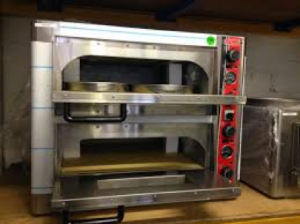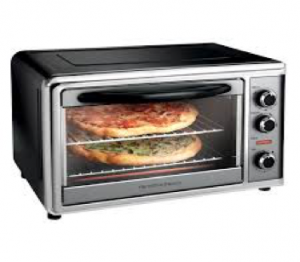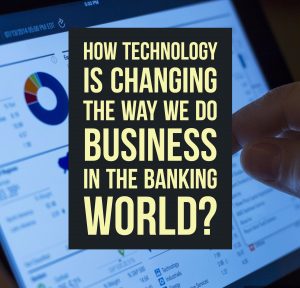
Retail is absolutely booming in India right now. And experts are of the opinion that it will only get better. In fact, statistics indicate that the retail sector in India is growing by a whopping approximate value of 12% per annum, meaning that, by 2020, retail could very well value at about 1 trillion dollars in India.
But before we get to the trends in question, here’s a look at the major factors currently influencing this speedy growth:
Current Factors Aiding the Growth of Retail in India
Advancements in online technology:
There is no doubt that the rapid advancements of technology – especially in the online realm of business – have had a huge influence on the retail sector in India. This is also probably why the Indian retail sector is working at its peak in the current era.
Modernization:
Urbanization and attitudinal shifts in people and businesses in India have greatly affected the growth of the retail sector.
Extensive numbers of offline and online retail stores:
In addition to traditional retail channels (such as small grocery stores and the like), the retail sector in India also includes supermarkets, hypermarkets, all other kinds of organized retail outlets, and even online retail markets. In fact, a large chunk of this retail growth is both dependent on and consequent of the largest ecommerce market that has been steadily growing in India during the last couple of years.
So, now that that’s out of the way, check out the assumptions for retail in India by 2020:
Definite Trends to Watch for Regarding the Indian Retail Sector for the Next Five Years

Expect the considerable growth of the retail sector as a certainty:
Now, there are plenty of statistics that often predict the growth of a sector, but often (in the end) falls flat. However, why we are pretty certain that won’t be the case here is because of certain facts and trends: For one, modern trade (on a global level) in itself is expected to double in growth in 2020. And with Indian ecommerce stores firmly established in the online sphere, India automatically shares in that prediction for retail growth too.
Availability of goods and services will no longer be limited based on location or area:
Right now, everything from goods to various kinds of services has already entered the retail sector of India – which makes these goods and services much more easily available as well. For instance, think of how it was to book a train ticket before with only a single outlet or two available in a single location. While now, there are umpteen travel agencies as well as a number of online platforms available to you.
Add-on services in addition to the primary function will become the norm:
Consider again the above example of travel agencies: You don’t just book one-way and two-way tickets anymore. You can book for anything from the type of meals you take, to whether you want a car or a mini-van to pick you up at your destination – as well as many other things. Consequently, the availability of such services and options will only continue to grow.
Ecommerce establishments will continue to grow exponentially:
From a time when online shopping and the like were still new and rare, we’ve shifted to an age where we’re literally spoilt for choice when we shop online. And, such instances are only growing in India thanks to the obviously booming success of ecommerce.
As such, digital retail stores are bound to grow. And here’s why:
One, the relatively lower cost of running an online store when compared to a brick and mortar store.
- Two, customers generally get a lower price for their goods and services online due to the fact that online store owners have fewer overhead costs. And when you pair that with the many discounts and offers that flit around online almost daily, it’s no wonder more and more customers move to shop online.
- Three, the mobile platform is growing exponentially and e-stores have already started building mobile apps for their stores, thus making it even more accessible.
- Four, Internet costs are lower than ever and are predicted to reduce even further, thereby making online shopping even more of an enticing prospect for Indian customers.
Mobile platforms will be the reigning platform for online retail:
As the era of the smartphone shows, adapting to the mobile platform is already a must for e-stores. And expert opinion and research only support that the mobile platform will continue to gain power in the coming years. There are a few hitches as well to watch out for though – which is the only reason why Indian retail growth is not progressing as smoothly as it could. Shaky economics is one of the hitches. Also, changes are needed regarding the way goods are priced and the effectiveness of Indian retail workflows (both online and offline).
Post By NeoGrowth Credit – Business Loans specially created for Retailers & Online Sellers
For more Information – email us on digital@neogrowth.in
Or Give Missed Call @ 08080861166





















